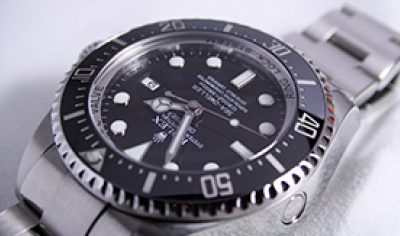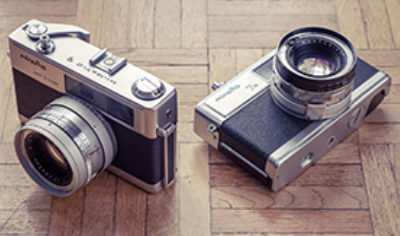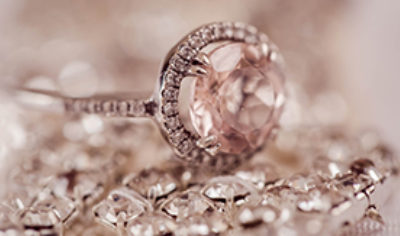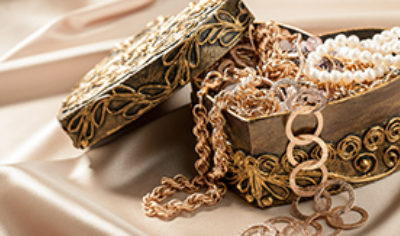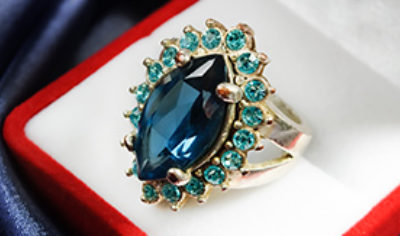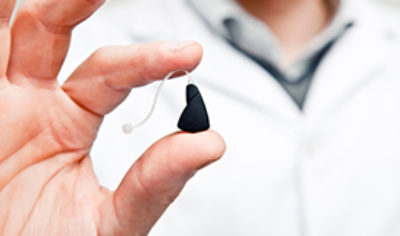The different types of hearing aids
According to latest figures, there are around 4 million people in the UK with hearing loss who don’t wear a hearing aid, but who could benefit from wearing one. Often, people think there is a stigma attached to wearing a hearing aid, or that it will look unsightly, so would rather try and manage without.
Hearing aids have come on leaps and bounds in recent years, however, and are a lot smaller and more compact than they were before. In fact, there are even celebs who wear them, but you would never know due to them being so inconspicuous (just search Google and people like actress Jodie Foster, ex-president Bill Clinton, funny man Steve Martin and actress Rula Lenska regularly pop up).
There are different styles of hearing aids, plus different technology used to help with amplification (such as analogue or digital). These are:
Behind the ear (BTE)
This is probably one of the most common hearing aids and is very sturdy and easy to clean. The main components of the aid sit in a small plastic case that rests behind the ear. It is then connected to an earpiece or an earmould by a piece of clear tubing.
Behind the ear mini ( BTE mini)
The BTE mini is a smaller version of the traditional behind the ear model. The tube leading from the component to the ear is very thin, and almost invisible. Their ear pieces are reportedly more comfortable and less obvious.The BTE mini is also useful for people who suffer from feedback or feel that their ear is “plugged up” by a traditional earmould.
In the ear (ITC) and Completely in the Canal ( CIC)
They are the smallest hearing aids available and sit inside a small case within the ear canal. They are very difficult to see once in the ear, so have real cosmetic advantages.
Some users, however, may find them difficult to handle and adjust due to their small size.
Receiver in the ear (RITE)
Also known as loudspeaker in-the-ear, these aids are typically smaller than behind the ear aids, as some parts of the device sit within the ear. There are different variations of RITE hearing aids, designed to meet different levels of hearing loss. For people with severe hearing loss, you may need a type of RITE where the receiver sits in an earmould.
RITE hearing aids are suitable for people who find smaller devices fiddly to adjust.
Bone conduction hearing aids
These are different to traditional hearing aids where sounds are passed through the ear. The aid carries sound through the bone in your skull.
While bone conduction hearing aids may not work as efficiently as aids that transmit sound through the ear canal, they can be useful people who cannot use conventional hearing aids (for example, where part of the ear or ear canal is missing or for people who have continual ear infections).
Body worn hearing aids
Body worn hearing aids are where the hearing device is clipped to your clothes or put in your pocket. This is then connected by a wire to the earphone. These types of hearing aids can be very powerful and may suit people who find smaller devices fiddly.
In summary
In summary, technology has a come a long way in recent years. Now hearing aids can be very discreet, as well as improve the quality of your life. With so many different types to choose from, it means you can select the aid that most suits your lifestyle, without worrying about its appearance.
Assetsure are pleased to be able to offer insurance for most types of hearing aid if you would like an Hearing Aid insurance quotation, please complete our online form


